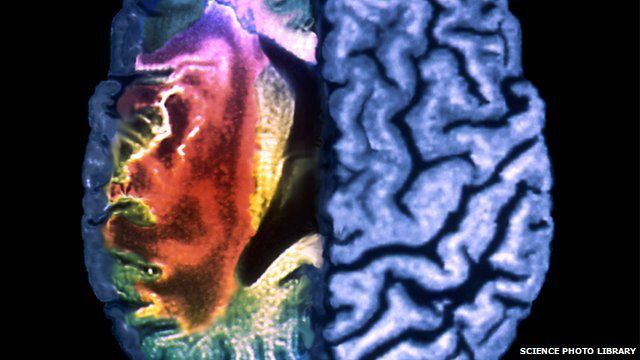Stanford University scientists recently performed a stem cell experiment that could prove promising for stroke patients. The experiment involved the injection of modified stem cells into the brains of stroke patients, some of whom could not walk nor move their arms. Results of the study showed that several of the patients had motor function restored.
It should be noted that the experiment only involved 18 patients after screening 379 candidates. Their average age was 61.
Despite the small number of participants in the study, the results nonetheless have the neuroscience community all abuzz as ‘not only statistically significant, but clinically meaningful.’ The experiment, in effect, revealed that the brain, when treated with stem cells, becomes plastic enough to reverse trauma from stroke. This, in turn, has implications for future stem cell therapies as solutions to treating other brain injuries.
Prior to the Stanford experiment, the prevailing ethos in the medical community was that once a stroke patient passes the six-month mark, recovery plateaus and few further improvements are in sight. But the Stanford study “call[s] for new thinking regarding the permanence of brain damage,” says Stanford professor and chair of neurosurgery Gary Steinberg MD, PhD. After all, the patients who participated had already passed their six-month mark (some were even in the three year mark range) and yet they were still able to improve beyond expectations.
Steinberg, who has over a decade’s worth of experience in utilizing stem cell therapies for neurological treatment, elaborates further: “…patients improved by several standard measures…Their ability to move around has recovered visibly. That’s unprecedented. At six months out from a stroke, you don’t expect to see any further recovery.”
To illustrate, Steinberg articulated, “This wasn’t just, ‘They couldn’t move their thumb, and now they can.’ [On the contrary.] Patients who were in wheelchairs are walking now.’
The stem cells used were harvested from bone marrow of adult donors. The experimental procedure involved injection of the stem cells into the areas of the brain where the stroke had caused injury. According to the Stanford Medicine News Center, the stroke patients “remained conscious under light anesthesia throughout the procedure…the next day they all went home.”
Over three-quarters of the patients had temporary headaches, transient nausea and vomiting after the procedure, but no side effects and no triggers of strong immune reaction from the stem cells themselves. Moreover, there were no life-threatening effects associated with the experiment either.
Steinberg added, “We know these cells don’t survive for more than a month or so in the brain. Yet we see that patients’ recovery is sustained for greater than one year and, in some cases now, more than two years.”
Then, too, Steinberg shared, “Older people tend not to respond to treatment as well, but here we see 70-year-olds recovering substantially.”
Steinberg believes that injecting stem cells into the brain somehow “jumpstarts circuits we thought were irreversibly damaged,” and thereby brings about recovery.
Further study is needed to learn more about the biochemical process of stem cell therapy on the brain’s ability to repair itself. Others in the neurosurgery community are enthusiastic about the study and likewise echo the sentiment that more work needs to be done to confirm and recreate the Stanford study’s results.








